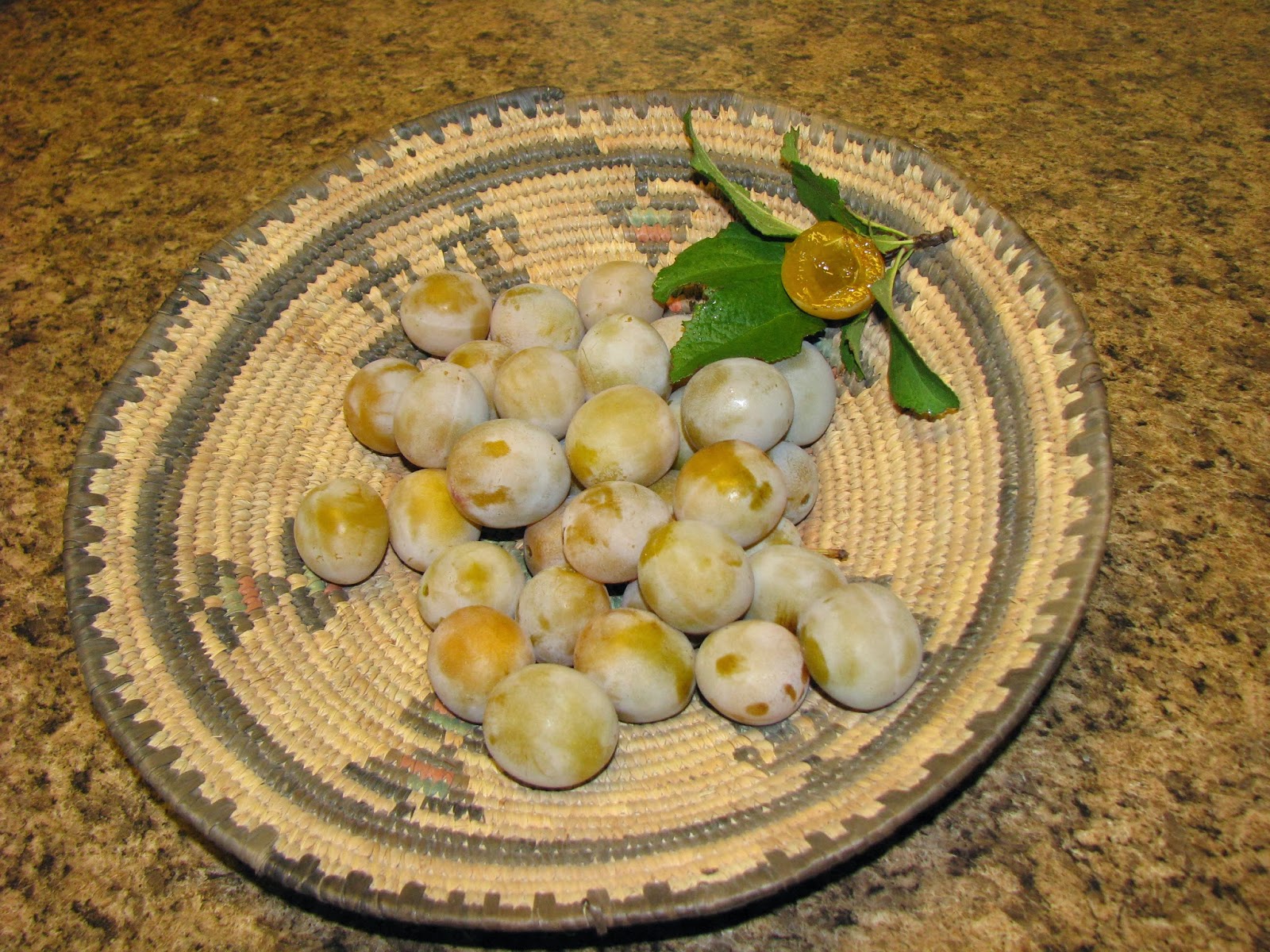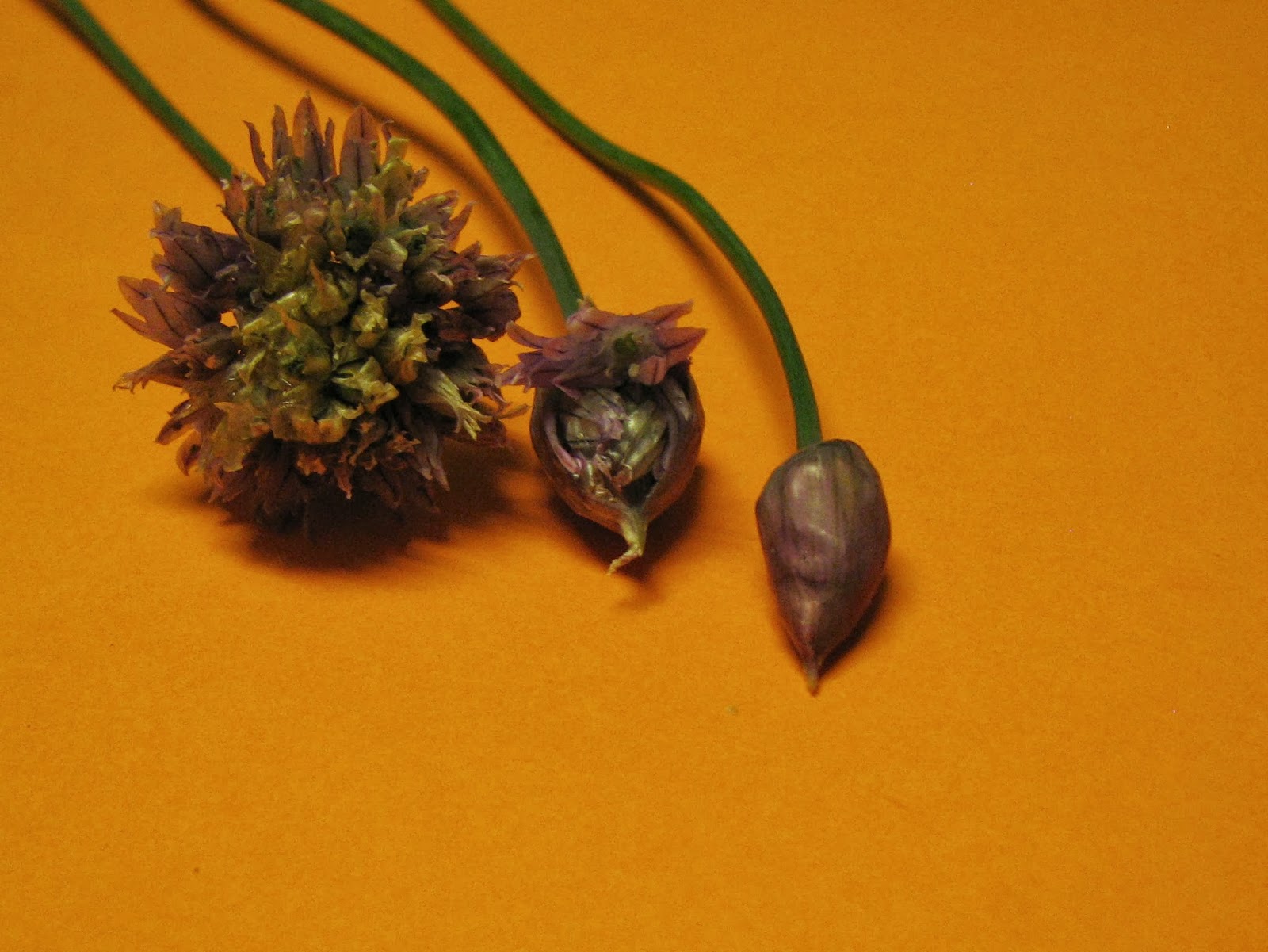The Unique Taste of Microgreens impart a kaleidoscope of flavor and color to soups and salads, sandwiches, omelets or a variety of recipes. Enjoy the taste of fresh peas, radishes, mustard, basil, beets, kale and numerous others from tender young Microgreens.
 |
| Genovese Basil Microgreens |
The goal was to try Mirogreens as an alternative to sprouts in
the winter, and I quickly learned that
Microgreens didn’t replace sprouts, they supplement them. Sprouts are a good super easy permaculture winter food source. I started sprouting seeds in winter after learning how the Mormon pioneers used them to survive harsh winters.
 Microgreens are also a good cure for the winter
blues! The bright broad spectrum light in the grow dome is visually uplifting. And you don’t have to hike through
the snow and uncover the cold frame to enjoy some great organic greens in stormy weather. I do have a cold frame setup and harvest from it when I can in winter.
Microgreens are also a good cure for the winter
blues! The bright broad spectrum light in the grow dome is visually uplifting. And you don’t have to hike through
the snow and uncover the cold frame to enjoy some great organic greens in stormy weather. I do have a cold frame setup and harvest from it when I can in winter.
The grow light is low wattage and won’t use a lot of electricity, and the light can easily be the only light needed in a room like a study. The Microgreens are placed in a sunny window that gets daytime light when available. The grow dome and broadspectrum light can be a family gift everyone can work with; I found one at a local garden center.
Garlic Chive seeds for Microgreens and jar sprouts
 Microgreens are also a good cure for the winter
blues! The bright broad spectrum light in the grow dome is visually uplifting. And you don’t have to hike through
the snow and uncover the cold frame to enjoy some great organic greens in stormy weather. I do have a cold frame setup and harvest from it when I can in winter.
Microgreens are also a good cure for the winter
blues! The bright broad spectrum light in the grow dome is visually uplifting. And you don’t have to hike through
the snow and uncover the cold frame to enjoy some great organic greens in stormy weather. I do have a cold frame setup and harvest from it when I can in winter.The grow light is low wattage and won’t use a lot of electricity, and the light can easily be the only light needed in a room like a study. The Microgreens are placed in a sunny window that gets daytime light when available. The grow dome and broadspectrum light can be a family gift everyone can work with; I found one at a local garden center.
When I purchased the grow dome and tray, I also took home a copy
of a book by Fionna Hill titled “ How to Grow Microgreens, Nature’s Own Superfood,”Firefly Books USA, Canada,
second printing 2013. The techniques in this book are more
my style than a grow dome, because the dome seemed confining at first. I highly recommend the book. Taking some examples from Fionna Hill, you can grow Microgreens in just about any container imaginable and keep them on a sunny windowsill if you have one, although supplemental light helps during darker months. Microgreens can be grown in apartments or small living spaces, indoors or out.
While the dome is a perfect way to sprout seeds,
at first it was challenging to both sprout and support greens that are past the
sprout stage in one environment. With the first planting there were moisture control problems
from sprouting and growing under one lid. The dome does have two adjustable vents. The moisture needs to be monitored frequently, something I wasn't doing. Seeds should be kept warm and
moist while sprouting, but once past that stage they do better without quite so
much humidity. Everything was growing great until I decided to add some flax seeds, and they molded quickly.
Microgreen dome and seed trays.
Growing a variety of different kinds of seed under one small
dome can require some planning, some seeds take several days or even a couple of
weeks to sprout. Two domes would be a good system if you use one for sprouting and one for growing; the lights are designed to be daisy chained. Growing Microgreens is a continuous process; keep rotating in new plantings for a fresh supply of greens.
Considering economics, buying bulk organic seeds, and using your own seeds you have saved or foraged are all economical alternatives. For example, if you get a “buy” on black eyed
peas, by all means use them for Microgreens!
Once you get started you will find what works best for you. One of the foraged seeds that has done well for me as a beginner is
wild mustard, and it doesn’t cost anything to gather the prolific seed siliques
in fall. The mustard seeds and greens seem to be especially hearty and mold
resistant. Arugula seeds are also plentiful and easy to
collect after the plants seed in summer.
To plant Microgreens, plant the seeds on top of a tray full of seed starter mix and wet down with a spray bottle until the seeds begin to absorb water.
Red Clover and Wild Mustard Microgreens from locally foraged seeds. The mustard seeds have been cut a couple of times.
The next Microgreens I am planting are the garlic chive seeds that I just got in the mail, and amaranth is on the wish list. The grow dome can do double duty for both Microgreens and spring seed starting. If you don’t have a greenhouse and start seeds indoors, the grow dome is a great way to get a jumpstart on your garden.
When I first planted the cells in the grow dome, which neatly holds eight cells for planting, I made a grid map of what I had
planted and I highly recommend doing this.
It is easy to forget where and what you have planted before the seeds sprout, and
the grid also serves as a reminder of the total days required for sprouting.
Sharing Microgreens- My first project idea was to plant some basil
in organic egg shells, as a return gift, for my neighbor children, that deliver
fresh eggs to my door. Microgreens are an easy project for all ages and kids can help in planning what Microgreens to choose for a meal.
Here is a partial list of seeds for growing Microgreens:
Kale, flax, snowpeas, beetroot, mungbeans, peas, rocket,
radish, Italian parsley, garlic chives, wheatgrass, broccoli, clover, corn, fenugreek,
flax, cabbage, alfalfa, mizuna. You can also grow Microgreens in large flats in the greenhouse, or garden.
I made this quick, easy recipe for Corn, Feta and Microgreen Fritters from Microgreens by Fiona Hill. The first batch I cooked without the Feta and served with maple syrup- for the second cooking I added the Feta to the batter and it resulted in a richer fritter. I had some extra sourdough starter and used it for the batter instead of flour and water, and added Arugula microgreens.
Check your seed collection and start some Microgreens today!
I made this quick, easy recipe for Corn, Feta and Microgreen Fritters from Microgreens by Fiona Hill. The first batch I cooked without the Feta and served with maple syrup- for the second cooking I added the Feta to the batter and it resulted in a richer fritter. I had some extra sourdough starter and used it for the batter instead of flour and water, and added Arugula microgreens.
Check your seed collection and start some Microgreens today!













.jpg)



















